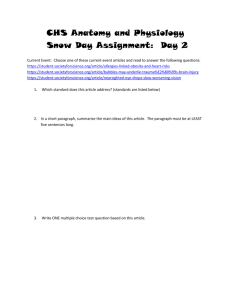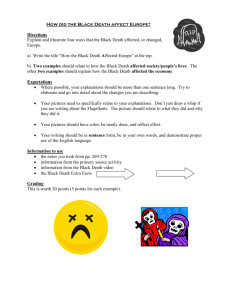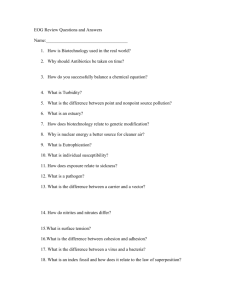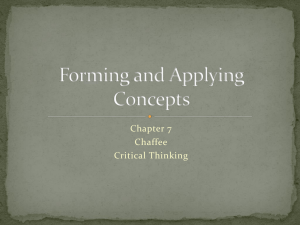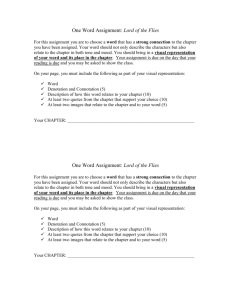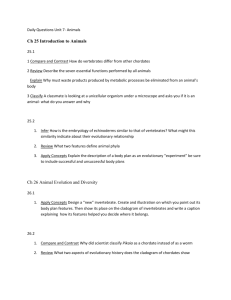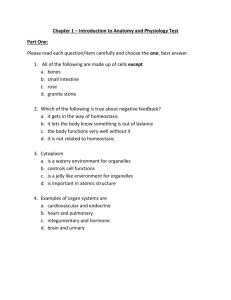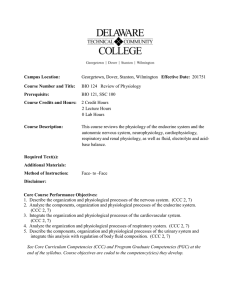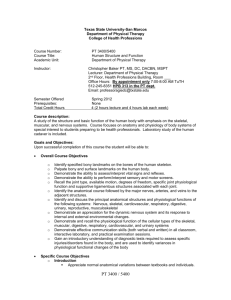File - Toombs County Schools
advertisement
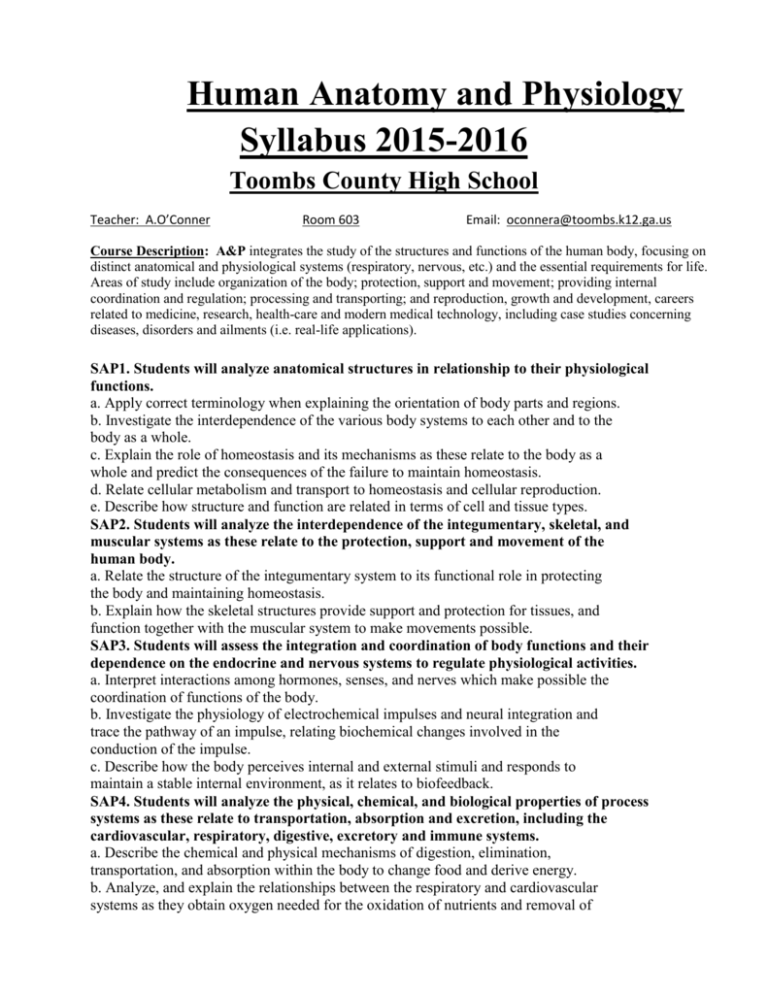
Human Anatomy and Physiology Syllabus 2015-2016 Toombs County High School Teacher: A.O’Conner Room 603 Email: oconnera@toombs.k12.ga.us Course Description: A&P integrates the study of the structures and functions of the human body, focusing on distinct anatomical and physiological systems (respiratory, nervous, etc.) and the essential requirements for life. Areas of study include organization of the body; protection, support and movement; providing internal coordination and regulation; processing and transporting; and reproduction, growth and development, careers related to medicine, research, health-care and modern medical technology, including case studies concerning diseases, disorders and ailments (i.e. real-life applications). SAP1. Students will analyze anatomical structures in relationship to their physiological functions. a. Apply correct terminology when explaining the orientation of body parts and regions. b. Investigate the interdependence of the various body systems to each other and to the body as a whole. c. Explain the role of homeostasis and its mechanisms as these relate to the body as a whole and predict the consequences of the failure to maintain homeostasis. d. Relate cellular metabolism and transport to homeostasis and cellular reproduction. e. Describe how structure and function are related in terms of cell and tissue types. SAP2. Students will analyze the interdependence of the integumentary, skeletal, and muscular systems as these relate to the protection, support and movement of the human body. a. Relate the structure of the integumentary system to its functional role in protecting the body and maintaining homeostasis. b. Explain how the skeletal structures provide support and protection for tissues, and function together with the muscular system to make movements possible. SAP3. Students will assess the integration and coordination of body functions and their dependence on the endocrine and nervous systems to regulate physiological activities. a. Interpret interactions among hormones, senses, and nerves which make possible the coordination of functions of the body. b. Investigate the physiology of electrochemical impulses and neural integration and trace the pathway of an impulse, relating biochemical changes involved in the conduction of the impulse. c. Describe how the body perceives internal and external stimuli and responds to maintain a stable internal environment, as it relates to biofeedback. SAP4. Students will analyze the physical, chemical, and biological properties of process systems as these relate to transportation, absorption and excretion, including the cardiovascular, respiratory, digestive, excretory and immune systems. a. Describe the chemical and physical mechanisms of digestion, elimination, transportation, and absorption within the body to change food and derive energy. b. Analyze, and explain the relationships between the respiratory and cardiovascular systems as they obtain oxygen needed for the oxidation of nutrients and removal of carbon dioxide. c. Relate the role of the urinary system to regulation of body wastes (i.e. waterelectrolyte balance, volume of body fluids). d. Examine various conditions that change normal body functions (e.g. tissue rejection, allergies, injury, diseases and disorders) and how the body responds. e. Describe the effects of aging on body systems. SAP5. Students will analyze the role of the reproductive system as it pertains to the growth and development of humans. a. Explain how the functions of the reproductive organs are regulated by hormonal interactions. b. Describe the stages of human embryology and gestation including investigation of gestational and congenital disorders (e.g. ectopic pregnancy, miscarriage, cleft palate, hydrocephaly, fetal alcohol syndrome). c. Describe the stages of development from birth to adulthood (i.e. neonatal period, infancy, childhood, adolescence and puberty, and maturity). Grading Policy: Daily Grades – count 1X Lab Grades and Quizzes – count 2X Chapter Tests – count 3X Unit Tests, Project – count 4X Milestone End of Course Test – Counts 20% of final average. Materials: Pencils (lead or wooden), erasers, pens, college ruled notebook paper, notebook, journal, and colored pencils. Procedures: 1. Come into class, turn in any homework from the night before in the designated area, sharpen pencils, get all supplies together for the day and have them on your desk, complete bell ringers. 2. Please keep absences to a minimum since we are operating on 160 day calendar. It is the student’s responsibility to obtain and complete makeup work. You will have 3 days to make up work. If you miss a test or lab, you will need to make it up after school. If work is not turned in, you will receive a ZERO. 3. 3rd Tardy per semester will result in administrative referral. These will be handled by administrators. 4. No writing on any desk or lab tables. This will result in administrative referral. All furniture is new and it will stay that way. 5. Restroom breaks should be made before coming to class. There is plenty of time allotted to take a bathroom break. I understand there are sometimes emergencies and I will take this into account. 6. Please raise your hand to speak or move around the room. 6. When class is dismissed turn in any work due for the day in the designated area. 7. When we participate in station activities remember to stay active until the time for that station is over. Teamwork is key. No one person should do all the work.
